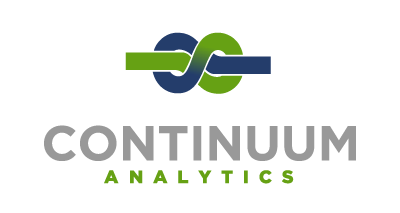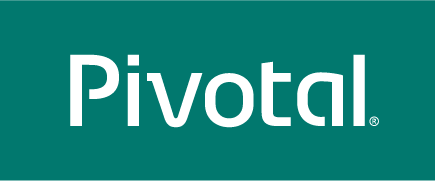Saturday 10:50 a.m.–11:30 a.m.
Data-visualisation with Python and Javascript: crafting a data-viz toolchain for the web
Kyran Dale
- Audience level:
- Novice
Description
While Python is fast becoming the goto language for data-processing/science, the visual fruits of that labour hit the wall of the web, where there is only one first-class language, Javascript. To develop a data-viz toolchain for the modern world, where web-presentation is increasingly mandated, making Python and Javascript play nicely is fundamental. This talk aims to show how to easily do that.
Abstract
To accompany an upcoming O'Reilly book 'Data-visualisation with Python and Javascript: crafting a dataviz toolchain for the web' (see here) this talk aims to sketch out the toolchain by transforming some dry Wikipedia data (Nobel prize-winners) into a far more engaging and insightful web-visualisation. This transformative cycle uses Python big-hitters such as Scrapy, Pandas and Flask, the latter delivering data to Javascript's D3. These are the industrial lathes of the toolchain but Python's fantastic standard library and all those first class data-munging libraries are involved, the spanners, hammers and screwdrivers of the toolchain.
While Python is fast becoming the goto language for data-processing/science, the visual fruits of that labour hit the wall of the web, where there is only one first-class language, Javascript. To develop a data-viz toolchain for the modern world, where web-presentation is increasingly mandated, making Python and Javascript play nicely is fundamental. This talk aims to show that the perceived wall between the two languages is actually a thin, permeable membrane and that, with a bare minimum of web-dev, one can get on with programming seamlessly in both.








